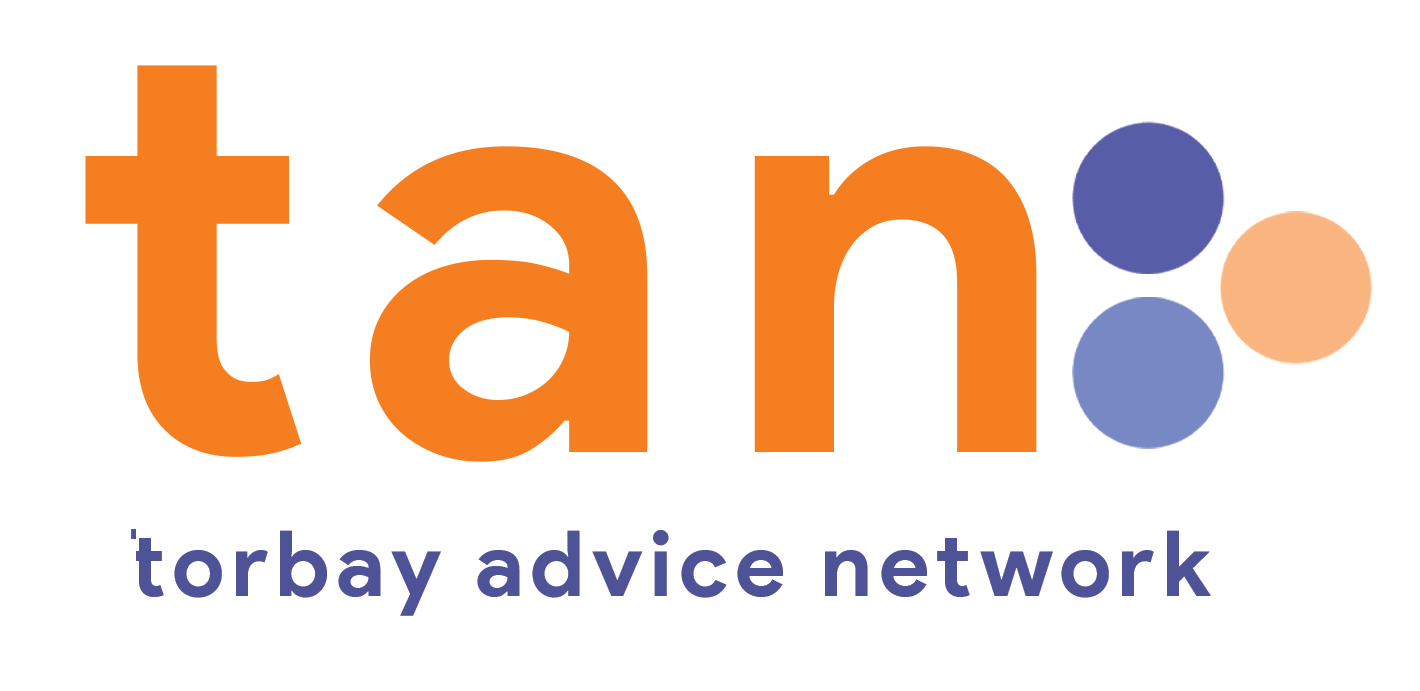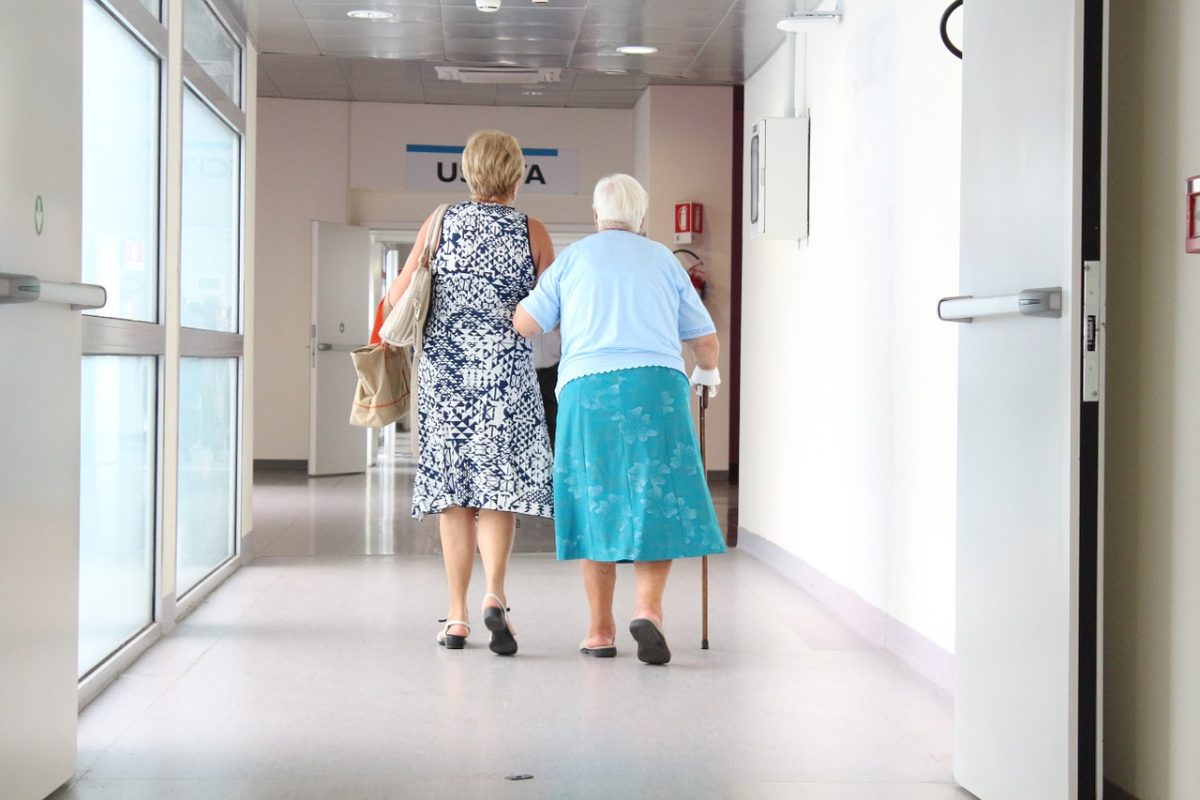There are no good data on the numbers of units of and people living in supported housing. However, a government review in 2016 estimated that in 2015 there were 651,000 supported homes (a room or bedspace in shared supported housing or a self-contained home) in Great Britain (85% of which are in England). The review estimated that the government spent around £3.5 billion in England per year on the accommodation element of supported housing through Housing Benefit.
Carers UK and Centre for Care at the University of Sheffield have published a new report on the economic value of the support provided by unpaid carers. This new research shows that:
The economic value of the contributions made by carers in England and Wales was £162 billion a year, 29% more in real terms than 2011.
The economic value of the contributions made by unpaid carers in England and Wales is roughly equivalent to the budget for NHS health service spending.
The rise in the number of hours of care provided by unpaid carers has led to an increase in the economic cost of care.
Find out the rules about bedroom sizes in England
Find out how laws about mobile homes affect constituents’ rights
Find out if council and housing association tenants can add people to their tenancy agreements to enable them to inherit the tenancies if the tenant dies.
This report makes the case that economic and policy changes in the last two decades necessitate a comprehensive review of the UK pension system
StepChange clients are more likely to be private renters than any other housing tenure. Increasingly, these clients report an additional vulnerability, such as poor mental or physical health, or a disability. Over half (52%) of clients who are in vulnerable circumstances rent privately.
In late 2022, we surveyed our clients, focusing on those who rent in the private sector, to understand how problem debt has affected their housing situation and vice versa.
Find out what a First Home is, who is eligible to buy one and how First Homes are funded
New analysis by Policy in Practice finds that the total amount of unclaimed income-related benefits and social tariffs is now £18.7 billion a year. We estimate that £7.5 billion of Universal Credit is unclaimed by 1.2 million eligible households and £2.9 billion of Council Tax Support is unclaimed by over 2.7 million eligible households each year.
The UK Government could stop terminally ill people of working age being driven into poverty by increasing its annual spend on the State Pension by just 0.1%[1].




